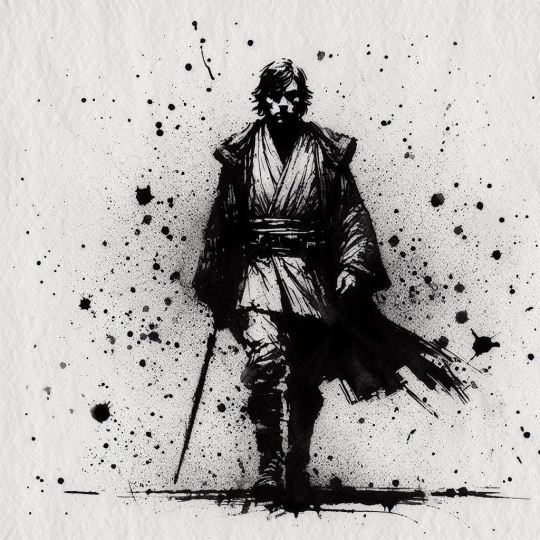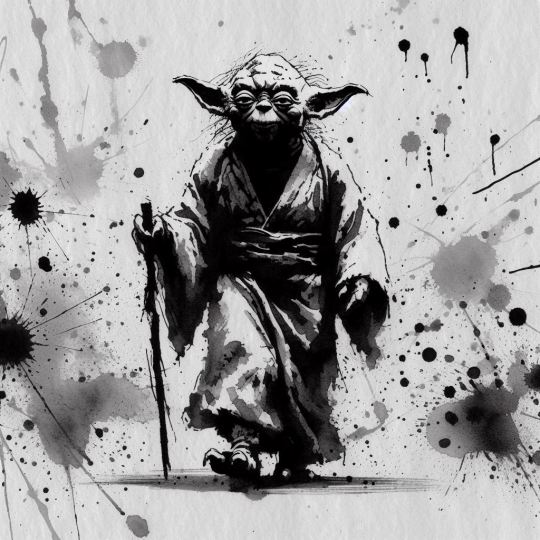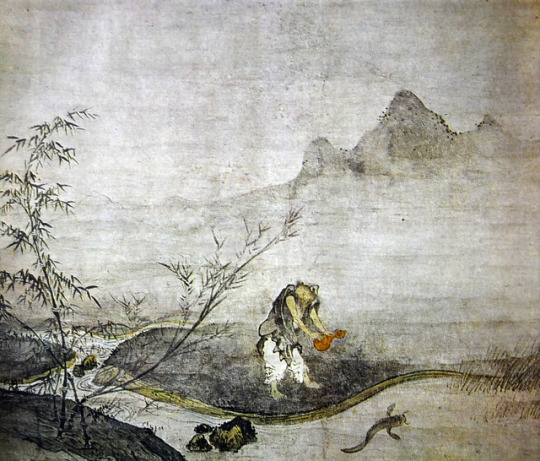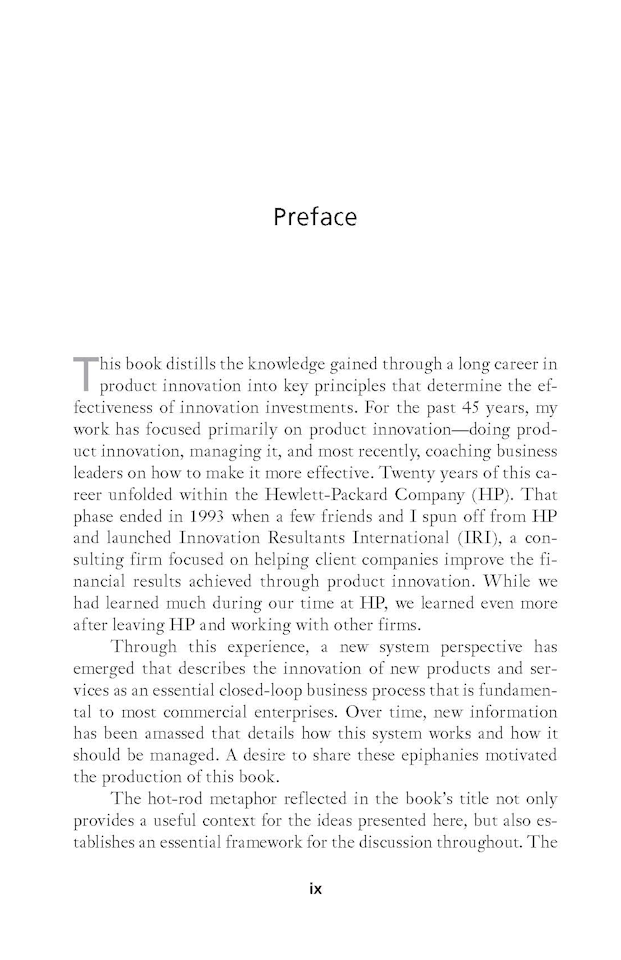#Josetsu
Explore tagged Tumblr posts
Text
Explorando a Harmonia Artística

Clique aqui para ver o Artigo completo
#ExplorandoAHarmoniaArtística#Ilustração4K#MestresDaArte#Josetsu#MakotoShinkai#RobRey#KentarõMiura#QuimonoJaponês#Espada#PinturaAOleo#PersonagemDeslumbrante#ForçaeHabilidade#ArteDigital#TécnicaPinturaÓleo#CenárioAtemporal#CoresVivas#EsplendorDetalhes#FusãoDeEstilos#HistóriaÚnica#TradiçãoContemporaneidade#RiquezaDaArteJaponesa#NarrativaVisual
0 notes
Text
Star Wars










Série Star wars
(Copilot) prompt : une illustration à l'encre noire, technique du lavis, technique du sumi-e, style Josetsu, Shūbun ou Sesshu, sur du papier épais et granuleux, esquisse imparfaite, imprecise, de [nom] qui marche vers nous, le fond représente des tâches et éclaboussures plus ou moins diluées de tailles differentes.
2 notes
·
View notes
Photo

From Japanese Art by Joan Stanley-Baker: “In the late fourteenth century, reflecting the secularization among Chan monks in China and Korea where literary accomplishment replaced spiritual quest, a form of poem painting (shigajiku) evolved; in it, landscape painting complements the group of poems composed during a gathering of literary monks. It had been largely the product of monastic literary associations until a Shōgun, probably Yoshimitsu, specifically ordered such a work to be produced as a backdrop screen for his dais. He asked distinguished monks from Kyoto to compose poems, and commissioned Josetsu (fl. early fifteenth century) of his Shōkokuji monastery to paint in the ‘new style’ (of the Southern Song academician and Chan painter Liang Kai). The theme of the painting was the Zen riddle on catching the slippery catfish with the smooth-skinned gourd. Josetsu’s compelling work is largely monochrome, with a touch of red to accent the gourd. The Liang Kai manner can be seen in the hooked and angular lines of the drapery. The sweep of the bank is remarkable, from the dense confluence of streams on the left to the opening up to grand dissolution on the right (a reversal of the usual narrative flow from right to left). The gentle curves of bank, bamboo, catfish, gourd and flowing water are offset by the bristling intensity of the reeds on the right, and by the extraordinary face of the aspirant. This screen was subsequently remounted in its present hanging scroll format.”
1 note
·
View note
Photo

ちょっと前の話ですが、たまたま地図で見かけたので江東区の森下文化センター内にある田河水泡のらくろ館へ休みの日に赴きました。
https://www.kcf.or.jp/morishita/josetsu/norakuro/
のらくろは昔ひょんな事から読んだことはあったのですが、田河先生が元々落語の台本を書か��ていたという事と、本名の高見沢 仲太郎からタカミザワをもじって田河水・泡(たかみず・あわ)というペンネームにしたつもりだったのに、そう読んでもらえず田河・水泡(たがわ・すいほう)になってしまった、という話は面白かったです。
コロナ禍の影響もあって入場制限の為か、一度受付で観覧希望を申し込まないといけないのがちょっと手間でした。
…入場者私しかいませんでしたけどね。(笑)
0 notes
Photo

This weeks reading. Japanese Zen and the Impossible Painting. A study on how to paint emptiness (sunyata) and the Gourd and the Catfish painting by the painter Josetsu in the early 1400s. Yukio Lippitt is one of my favorite art history writers. So much to think on, ponder, and imagine. This book gets to some as of yet unformed desire to start in on more figurative/narrative painting. #painting #arthistory #japaneseart #瓢鮎図 #gourdandcatfish #zen #sunyata https://www.instagram.com/p/BsgGJdQDAR5/?utm_source=ig_tumblr_share&igshid=9ok7z08gifvb
0 notes
Photo

Catching a Goldfish with a Gourd
Taikō Josetsu (Japan, ca.1350-1423) ca.1413
0 notes
Photo

National Treasure Catching a Catfish with a Gourd by Josetsu Taizō-in Temple, Kyoto
google
0 notes
Text
A Clueless Centennial
Nathan Martinez
10-16-2017
San Francisco Conservatory Centennial Concert
Last Monday, the San Francisco Conservatory of Music celebrated its centennial birthday in the only way a school of music can: a concert. Now, every party needs a theme. The Conservatory chose new music. Every party needs guests. Faculty and alumni compositions and performers fit the bill. Big names are needed for such an occasion. Sergio Assad, Marc Teicholz, and Jeff Anderle graced the program. Good. All of these things were their selling points and the centennial celebration was their commemorative wrapping. It was their gift to you. However, some gifts you just want to send back.
With only new music being performed, the affair was tough to get through. This wasn’t due to the performers, but to the composers. The music itself was lacking in depth, originality, and overall entertainment value. To make matters worse, no program notes were given and explanations from the stage were only given on two works on the nine-piece program. With only two instruments throughout the night (guitar and bass clarinet), the music had to speak for itself. What it was saying wasn’t always clear.
Giacomo Fiore opened the night with Kenji Oh’s Yoshitune senbon Zakura- Josetsu Horikawa. It was ten-minute “Zen Garden” snooze; complete with gimmicky taiko drum and muted string effects on the guitar. The piece ended up being a poor opener, especially since its meditative nature didn’t change throughout all five movements. This was followed by Stefan Cwik’s “Sonata for Guitar,” which livened up the night. Larry Ferrara played the work well, even if he was dynamically static. Mr. Cwik’s last movement of his Sonata, Allegro Fuoco, had a fiery theme that concluded the work with a suave touch. Finishing up the first half was Marc Teicholz playing Sérgio Assad’s Imbricatta- set of variations of non-stop rapidly moving notes. It was the true shred-fest one looks for when going to a guitar concert.
The second half had less variety of musical ideas, as well as less differing musical timbres. It consisted of Jeff Anderle’s bass clarinet in every piece on the program with differing amounts of said instrument in each piece. All of the works fell into three genres without much variation: 1. Noise music, 2. Fast bouncing notes with a melody over it, or 3. Elegiac cries. The first category arrived with the half’s opener, Olga Neuwirth’s Spleen, which sounded mostly a like a teenager attempting to make differing fart noises in the middle of class. Fast bouncing notes with a melody on top came with Ian Dicke’s Profiteering, Ryan Brown’s minimalistic Knee Gas (On), and Max Stoffregen’s DJ-infused Black Oak. Despite the adjectives, their actual differences were little. The elegiac choral works were Kyle Hovatter’s Under the Presence and Jon Russell’s Supra. Both gave the same effect: long, drawn out, melodic layers that are extended far beyond their actual use.
If the second half had less music on it, the concert might have been more enjoyable, but it still leaves us with the problem of quality of the music. If the performers are perfect, but the compositions performed are not, who’s at fault? If the Conservatory is trying to celebrate their birthday with unentertaining party guests, who will want to stay or come to the next party? The nature of a concert is one of giving an experience. If that experience is unpleasant, how much longer will the celebrations continue? After all, you only turn a hundred once.
0 notes
Photo

Art by Lunaris http://lunarisdraws.tumblr.com/
Josetsu (aka Josie) from my friend’s “Chuubo’s Marvelous Wish-Granting Engine” campaign.
Lunaris did a nice job here and I couldn’t have asked for more. Always a happy thing when someone brings a character to life.
0 notes
Photo




序
Grade Five Education Kanji
RADICAL: 广
STROKES: 7
READING: ジョ
MEANING: Preface
COMPOUNDS:
序説 josetsu = INTRODUCTION; PREFACE
順序 junjo = SEQUENCE; ORDER
广 radical + 予 phonetic
0 notes
Photo




Inspiration - Signature
Ink wash painting or in Japanese, “suibokuga” was one of the most major developments within the art scene, and is considered by many to mark the distinctive influences of Chinese ink painting and the rise of Zen in Japan. Several key artists were instrumental in demonstrating this development in Japanese art history; the most important are Josetsu, Tenshô Shûbun, and Sesshû Tôyô, the three of whom are some of the first painters in Japanese art history to be individually recognized by name.
The objects being used in this painting are usually flowers, plants, landscape, and animals.
0 notes
Video
youtube
Japanese Zen Buddhism and the Impossible Painting (via https://www.youtube.com/watch?v=iLTpYPM3smU)
Created by the Zen monk-painter Josetsu for the shogun Ashikaga Yoshimochi, The Gourd and the Catfish (ca. 1413)—which involved the participation of some 32 Zen monks—has been designated a Japanese national treasure and is celebrated as a Zen masterpiece. In this lecture, Yukio Lippit considers the ways in which the work mobilizes new modes of artistic representation to pictorialize the nonsensical nature of Zen koans (riddles or paradoxical statements that demonstrate the inadequacy of logical reasoning). Lippit also explores the connections between ink paintings, medieval shogunal culture, and Zen Buddhism's doctrinal emphasis on the concept of emptiness. Yukio Lippit is Professor of History of Art and Architecture at Harvard University.
4 notes
·
View notes
Photo

Josetsu, Catching cat-fish with a gourd, c. 1413, Muromachi Period, suiboku
"How do you catch a catfish with a gourd?" (riddle from Ashikaga shogun)
21 notes
·
View notes
